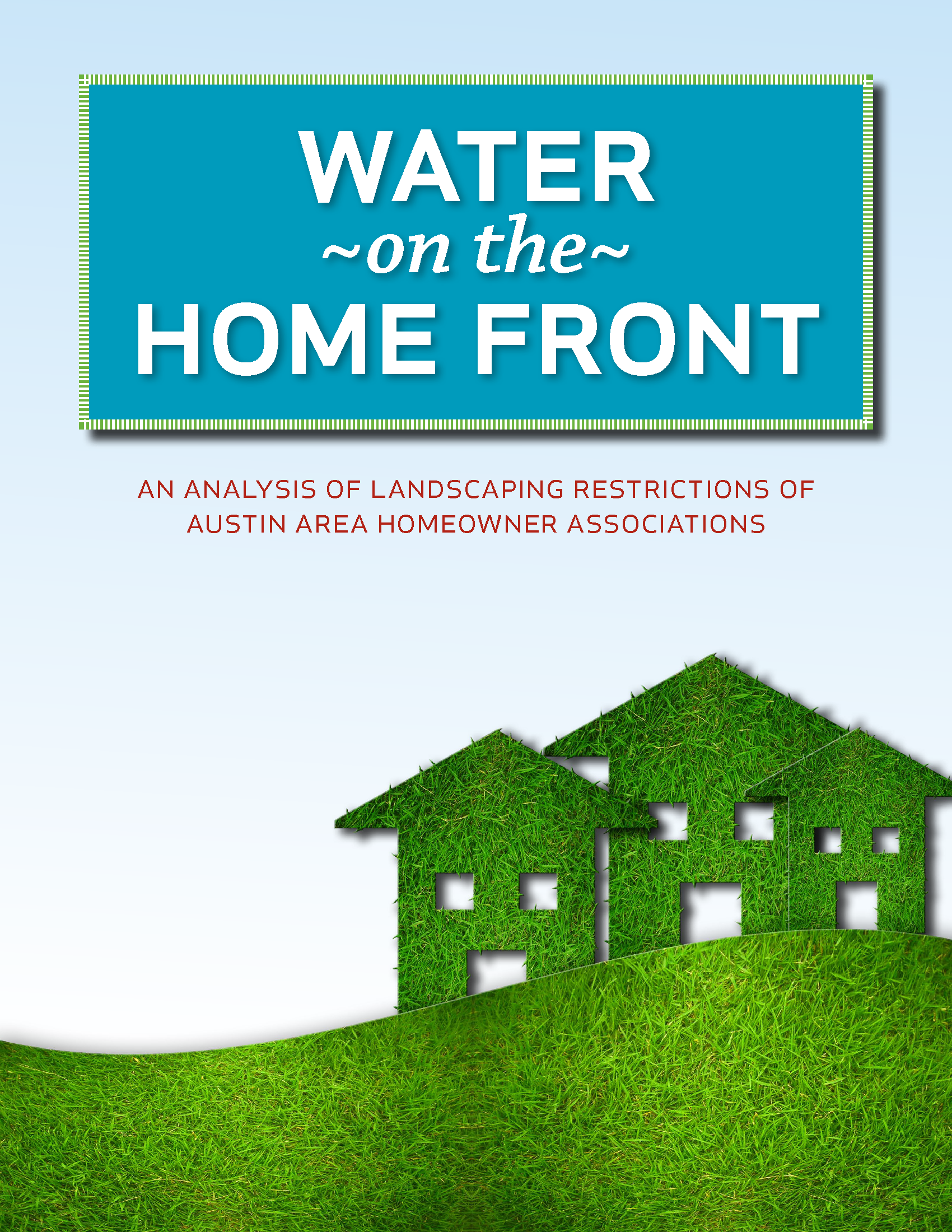An Analysis of Landscaping Restrictions of Austin Area Homeowner Associations
Constant drought, a changing climate, and population growth make it imperative that Texas increase conservation efforts. While Texas may ultimately need to create new sources of water by adding infrastructure such as groundwater desalination, aquifer storage and recovery, and more, and while investments in pipes and treatment plants may also be necessary to deliver this water to consumers, conservation is far more cost effective and should be prioritized.In particular it makes sense to prioritize conservation in the municipal sector.
According to the Texas Water Development Board (TWDB), municipal demand is the fastest growing sector among all water use categories in the state, projected to increase from 27% of total demand in 2010 to over 38% of total demand by 2060. The TWDB projects that water providers will need nearly $27 billion in state financial assistance to meet this demand — about half of the $53 billion the TWDB says is needed to meet state needs by 2060.
According to the Texas Association of Community Organizations, there are between 25,000 and 30,000 community associations or HOAs in Texas, with some 4.8 million people in the 1.9 million households that these associations represent. This includes 1.2 million single-family homes. This report will focus on the landscaping guidelines of HOAs within the Austin metropolitan area, to determine the degree to which they promote — or hinder — water conservation in single family homes.
